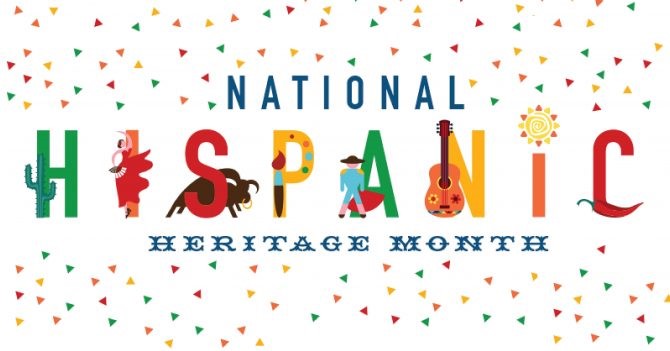Be Proud of your Past and Embrace the Future

Hispanic Heritage Week was first celebrated in 1968 under President Lyndon Johnson, and the observance was expanded into Hispanic Heritage Month in 1988 under Ronald Reagan. Hispanic Americans today are identified according to the parts of the world that they or their ancestors may have come from, including Mexico, Puerto Rico, Cuba, Spain, or any of the Spanish speaking nations of Central or South America.
As of 2019, the US Hispanic population was numbered at 60.6 million, or about 18% of the US population. Hispanics are the second largest racial or ethnic group. The five states with the largest Hispanic population are California, Texas, Florida, New York, and Illinois.
The starting date of Hispanic Heritage Month, September 15, coincides with the independence day of several Central American countries – Costa Rica, El Salvador, Guatemala, Honduras, and Nicaragua.
Celebrations are done in many ways, from parades to concerts and food fairs. On an individual level, visit a museum to study Hispanic artists, or research important Hispanic figures.
Resources:


